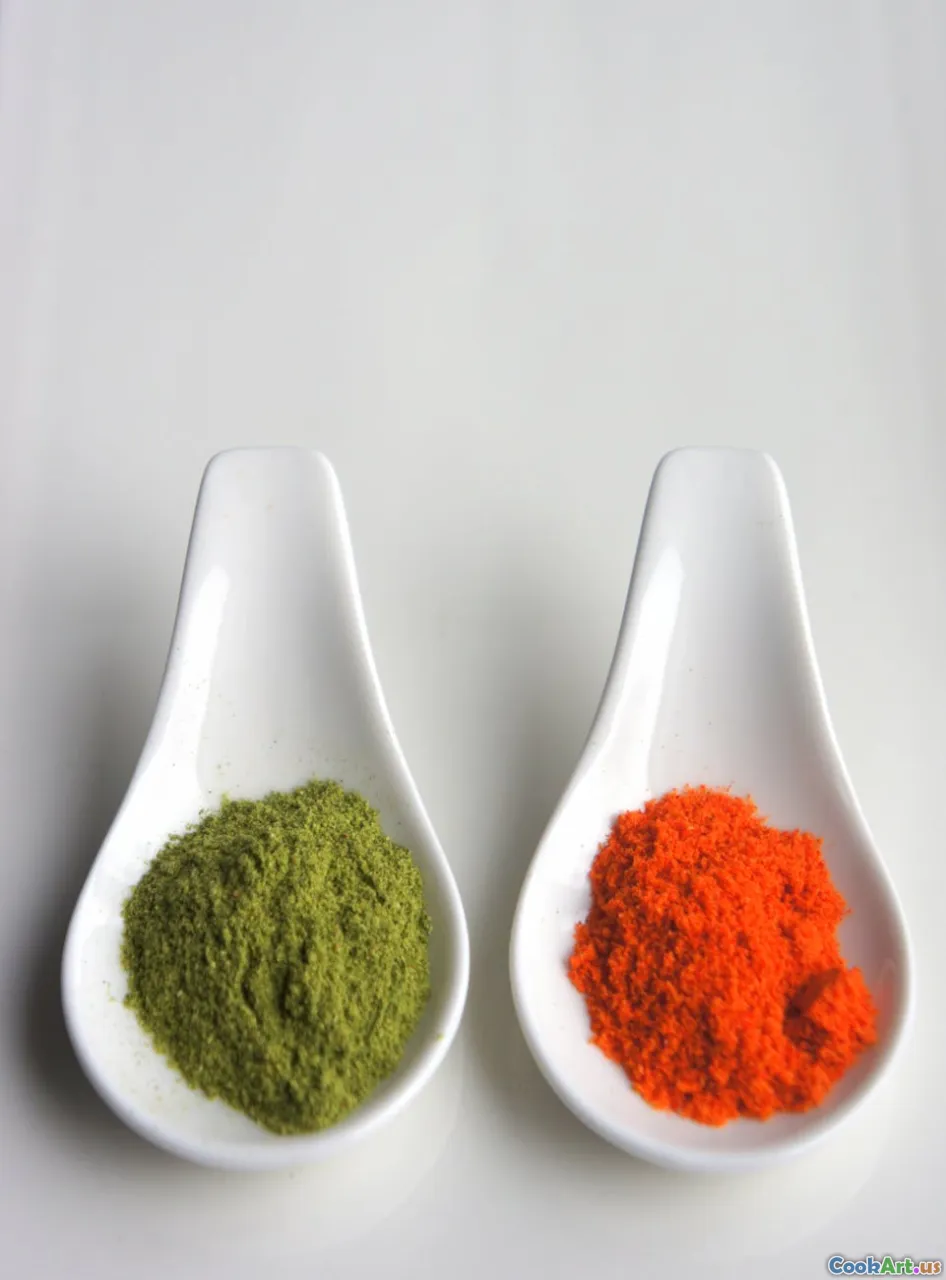Understanding Flavor Pairings
5 min read Dive into the world of flavor pairings and discover how to elevate your cooking with harmonious and unexpected combinations. April 07, 2025 23:00
Understanding Flavor Pairings
Flavor pairings are the backbone of culinary creativity, providing a roadmap for chefs and home cooks alike to craft dishes that delight the palate. Whether you're a novice in the kitchen or a seasoned chef, understanding how different flavors interact can elevate your cooking to new heights.
The Basics of Flavor
At the core of flavor pairings are the five basic tastes: sweet, sour, salty, bitter, and umami. Each of these tastes contributes to the overall flavor profile of a dish. When combined thoughtfully, they can create a balanced and harmonious eating experience.
Sweet and Savory
One of the most popular flavor pairings is the combination of sweet and savory. Think of classic dishes like bacon-wrapped dates or the beloved sweet potato pie. The sweetness of ingredients can enhance the depth of savory flavors, creating a complex taste profile.
Sour and Salty
Sour flavors, such as vinegar or citrus juice, can cut through richness and enhance the overall taste of a dish. For instance, a squeeze of lemon can brighten a creamy pasta, while pickles can add a zesty crunch to a sandwich. The interplay between sour and salty can create a refreshing contrast that tantalizes the taste buds.
Bitter and Sweet
Bitter flavors often have a bad reputation, but when paired with sweet elements, they can add sophistication to a dish. Foods like dark chocolate and coffee are perfect examples where bitterness is balanced by sweetness. Bitter greens, such as arugula or kale, can also be enhanced with a drizzle of honey or balsamic reduction.
Cultural Influences on Flavor Pairings
Every culture has its unique approach to flavor pairings, shaped by history, geography, and available ingredients. For instance, in Thai cuisine, the balance of sweet, sour, salty, and spicy is paramount, creating dishes like Pad Thai or Green Curry that are bursting with flavor. Similarly, Italian cuisine often combines fresh herbs, garlic, and olive oil to create a vibrant taste experience.
Scientific Approach to Pairing Flavors
Recent studies in food science have explored the chemistry behind flavor pairings. The concept of flavor affinity suggests that certain ingredients share compounds that create a natural compatibility. For example, strawberries and balsamic vinegar both contain compounds that enhance each other’s flavors, making them a classic pairing.
The Flavor Bible
For those eager to experiment, resources like The Flavor Bible by Karen Page and Andrew Dornenburg can provide inspiration. This book lists ingredients and their complementary flavors, allowing cooks to explore new combinations that they may not have considered.
Tips for Experimenting with Flavor Pairings
- Start with Familiar Combinations: Begin with pairings that are already well-established in cuisine. Gradually, as you gain confidence, venture into more unexpected combinations.
- Use Aromatics: Ingredients such as onions, garlic, and fresh herbs can significantly enhance flavors. Use them as a base for your dishes.
- Balance the Flavors: Always strive for balance. If a dish is too sweet, consider adding acidity; if it's too salty, a touch of sweetness can help.
- Taste as You Go: Don’t be afraid to adjust your seasoning during cooking. Tasting frequently will help you understand how flavors develop and interact.
Conclusion
Understanding flavor pairings is an essential skill for anyone interested in cooking. By recognizing how different tastes complement and contrast with one another, you can create dishes that are not only delicious but also memorable. So, the next time you step into the kitchen, remember to think about the flavors you are working with. Embrace the art of pairing, and let your culinary creativity flourish!









